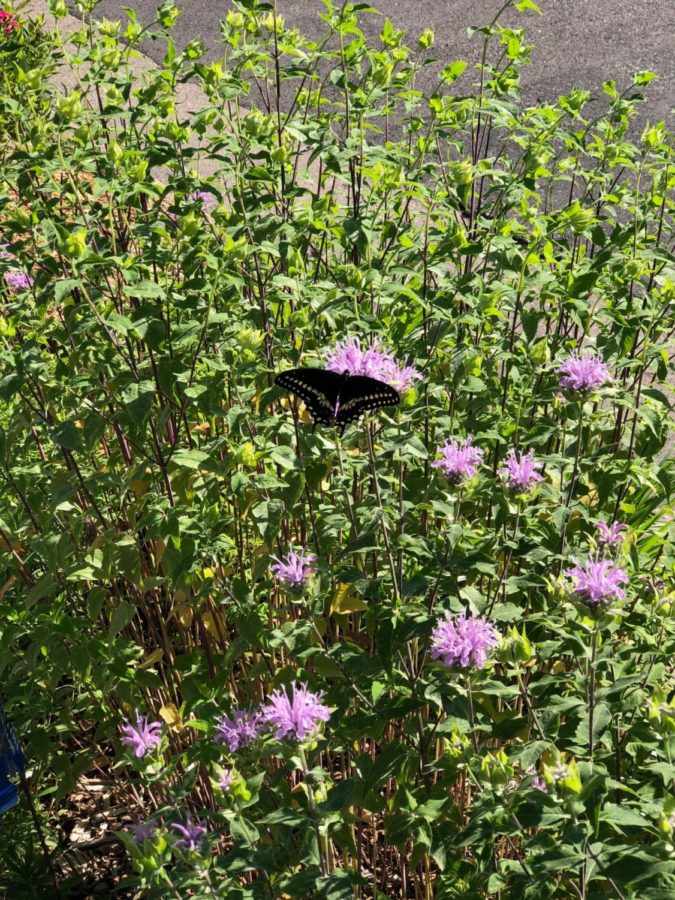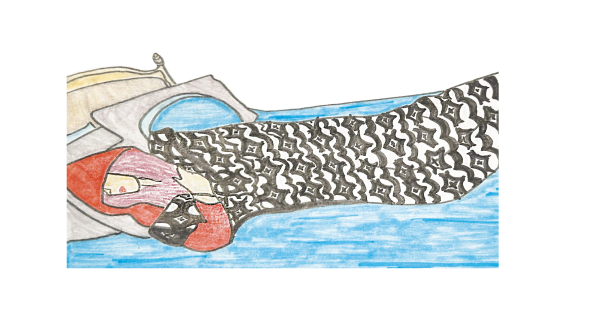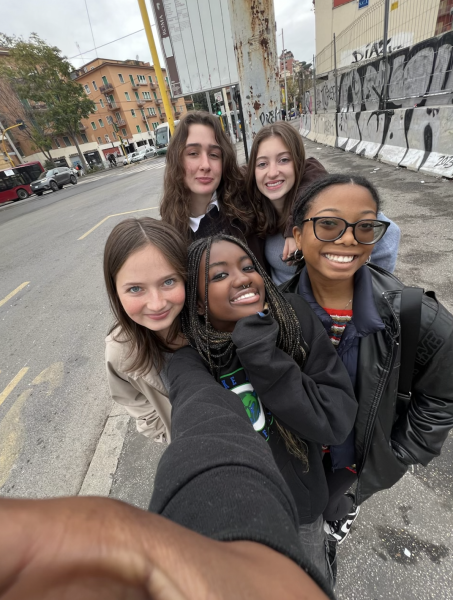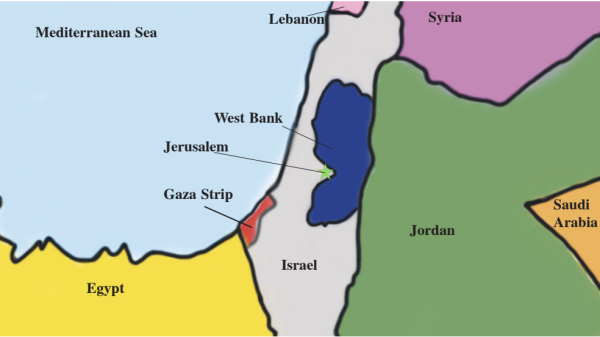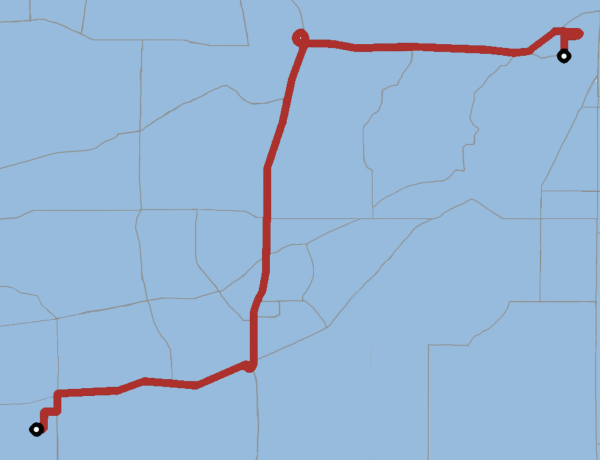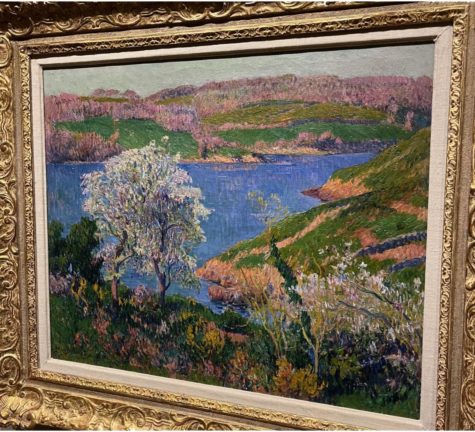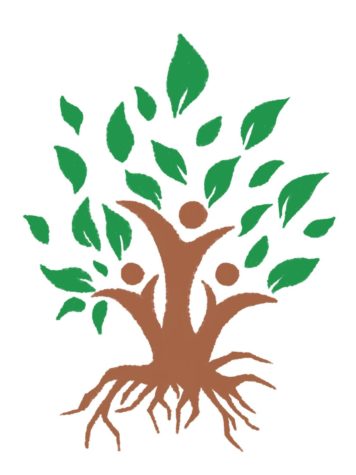Pollinator Gardens Revive Species
Bugs are frequent flyers in gardens made for them
A Black Swallowtail butterfly lands on Monarda, yet another one of Vance’s plants in her vast pollinator garden.
According to the National Pollinator Garden Network, “Pollinators are responsible for 1 out of 3 bites of food we take each day, and yet pollinators are at a critical point in their own survival… more nectar and pollen sources provided by more flowering plants and trees will help improve their health and numbers. Increasing the number of pollinator-friendly gardens and landscapes will help revive the health of bees, butterflies, birds, bats and other pollinators across the country.”
Pollinator gardens are gardens that focus on promoting pollination and native species. Freshman Grade Dean Jen Vance who has two pollinator gardens says, “In my neighborhood in Minneapolis, there have been a lot of boulevard gardens, and I do see monarch butterflies and lots and lots of different bees and so when I planted my boulevard garden I stuck to mostly natives and than put in some annuals that also attract pollinators just to provide a pollinator oasis.” These gardens bring about all sorts of wildlife to the backyard from hummingbirds to bees and interesting bugs. The wildlife scattered throughout the garden provides fun and interesting sights to see throughout the year, just from your bedroom window.
Pollinator gardens are beautiful ways to support the environment. They even help with saving water. Vance says that “Native plants tend to have deeper roots so it helps to conserve water down into the soil table.” One of her gardens was funded by a grant from the Minnesota Board of Water Soil Resources. Plants in Vance’s gardens include zigzag goldenrod, milkweed, giant hyssop, and asters.

